You're losing out on some excellent days in the outdoors if you regularly store your camping gear over the winter and leave it shelved until spring. You need to try out the winter camping! The barren trees expose mountain views that you can't get in the summer, while the chilly temperatures keep the crowds away, giving you a stronger sense of seclusion. Furthermore, the dry, chilly air provides great circumstances for spectacular sunsets. Of course you will love to be part of this amazing winter experiences that many campers are afraid of.
Note that winter camping has a set of difficulties. Temperatures can drop below freezing, even to single digits, in the winter, and you'll need the right knowledge, gear, and equipment to keep warm, dry, and comfortable. In the summer, if you don't pack correctly, you may be uncomfortable, but it's usually not a major concern. However, if you're not prepared in the cold, you risk illness, injury, or a truly terrible experience. It implies that winter camping needs serious preparations so that you don’t end up experiencing the worst camping moments of your life.
We've put together a list of 11 crucial camping recommendations to help you fill your winter with safe, entertaining, and memorable excursions
1. Not all campsites are the best
The perfect campground, whether you're backpacking or tent camping, can mean the difference between a fun, snug winter vacation and a miserable one. Find a campground with trees or rocks that can partially screen the wind, but be sure the trees are strong and not dead, decaying, or rotting. The same can be said about branches. Don't set up camp beneath shaky-looking limbs that could fall on you.
2. Check your dress code

The key to being warm and dry outside in the winter is to stay warm and dry. To accomplish this, you must control your body temperature such that you are never too hot and humid, nor too chilly that your core body temperature declines. Dressing in layers allows you to swiftly add or remove clothing, which is the most efficient technique to manage your temperature.
There are three layers you should carry in general:
- Base layer: These garments are designed to sit against your skin and wick moisture away from your body, keeping you dry. They should be constructed of synthetic materials or wool, with little or no cotton, which absorbs moisture and robs your body of precious heat. For moderately chilly winters, mid-weight long underwear is an excellent choice. When the temperature drops below freezing, you might consider wearing thicker baselayers.
- Middle layer: This is your insulating layer, which will keep your body warm while allowing some air to circulate to keep you from overheating. A sweater or jacket comprised of synthetic and/or wool components could fit the bill. (Most puffy jackets fall within this category.)
- Outer layer, also known as the shell layer, consists of jackets and coats that provide some wind and moisture protection. If there's a risk you'll be exposed to rain or heavy snow, bring a waterproof shell with you.
3. Weather is vital
You should do your due diligence on the weather conditions you'll likely encounter while camping, as you should with all of your outdoor adventures. You can get the latest weather forecast from the local media or the. Remember that weather conditions can change fast, so bring all of the clothing and resources you'll need in case the worst happens.
Keep in mind that weather conditions might alter road conditions, so make sure you'll be able to get to your location and back safely. Check park or other recreation area websites or contact park rangers or other professionals for the most up-to-date road and trail conditions whenever feasible. Rangers and other government officials can also recommend the best winter camping spots. As a smart camper, you do your own research so that you don’t end up with surprises. Be certain about the things you are getting in to, and always be ahead of the rest.
4. Ensure that you put on clothes that will promote your sleep
When changing clothes while trekking or camping in the cold of winter is not always convenient, you should do it before retiring to your sleeping bag. You'll stay warmer at night if your clothes are dry, because unclean clothes tend to collect dirt and oil from your skin, reducing their insulating capabilities.
5. Ensure that you pack the proper tents

Choose a tent with adequate space inside to keep your belongings. For winter camping, choose between a three- or four-season tents. A three-season tent is suitable for most mild winter situations, and it provides additional ventilation to decrease condensation inside the tent. To decrease condensation, open the tent's vents and expose mesh panels throughout the winter.
Four-season tents are built to withstand strong winds, rain, and snow. They usually feature little mesh for ventilation and a rainfly that reaches close to the ground to minimize drafts. Furthermore, the poles are quite robust and can withstand the wind. The disadvantage is that four-season tents can accumulate a lot of humidity in humid locations of the United States.
When choosing a tent, make sure it can accommodate an extra person—if you'll be sleeping in it with two other people, acquire a three-person tent. This way, you'll have enough room to store goods inside the tent or in the vestibule, where it won't be exposed to the weather.
6. Choose the right sleeping bag
You will have many sleeping bags out there in the market to choose from. Ensure that you are selecting the best that will withstand the winter conditions. Because numerous things influence your body temperature at night, sleeping bag temperature measurements aren't always correct. Some people have a tendency to sleep hot, while others have a tendency to sleep cold. Furthermore, the number of calories you ingest prior to sleeping has an impact on your warmth. As a result, choosing a sleeping bag with a temperature rating 10 degrees lower than the coldest temperature you predict is a good idea. A sleeping bag liner can also be used to offer five to twenty-five degrees of warmth.
Keep in mind that most down-filled bags are lighter and more efficient at keeping you warm. When wet, however, they lose their thermal efficiency. Although a bag with synthetic insulation will weigh more, it will keep you warm even if it becomes wet. Also, some bags feature water-resistant down, allowing you to have the best of both worlds.
7. Ensure that you are insulated from the ground
Sleeping on the cold ground accounts for a large portion of your heat loss while camping. If feasible, use two pads under your sleeping bag: a closed-cell foam pad on the bottom and a thin, inflated pad on top. Remember that pads are graded from 1.0 to 8.0 in terms of their "R" value, with 8.0 being the best. The R-Value of a good average pad is 4. Spread a ground sheet or tarp under your tent to keep moisture out.
8. You need to consume more calories

Yes, what you eat will determine if you will stay warm or cold. Consume sufficient calories to help you generate a lot of heat through the metabolisms. Make sure your meals are heavy in calories, as your body needs to burn calories to stay warm. Maintain a simple and easy-to-prepare menu, ideally one-pot dinners. When you're weary and hungry and arrive at a cold campsite, you don't want to fuss with anything difficult to prepare. While you are maintaining a simple menu, ensure that you are getting sufficient calories and highly nutritious food that will accord you with the energy you need.
Stay hydrated by drinking enough of water, which can be more of a difficulty in the cold than in the heat of summer. Make sure you have a stove with you so you can make hot water. If someone becomes hypothermic, you can immediately raise their core temperature with hot cocoa or another warm beverage.
9. Ensure that you have a bottle of hot water
Warming water in a plastic bottle and placing it under your feet or between your legs inside your sleeping bag is an easy method to remain warm at night. To avoid getting burned, make sure it's not too hot and use a plastic bottle instead of a metal one.
10. Always ensure that you have plenty of power
In the winter, batteries have a tendency of draining out. Alkaline batteries lose power more quickly than lithium batteries. Warm your batteries in your hands or in your sleeping bag if they die. That could re-ignite their power in them. You may need to have a case for carrying extra batteries, because you do not want to be out there in the wilderness with no power in your batteries.
11. Final thoughts
To conclude, the tips here are just few guidelines that will get you started for a winter camping. You may still find more helpful tips including the other below. Here are a few more winter camping tips:
- If you have to go, go! When your bladder is empty, your body expends less energy to keep warm.
- If you use a hydration reservoir, ensure sure the tube is insulated or the water will freeze. Leave the reservoir system at home if the hose isn't insulated, and use water bottles instead.
- If you do use water bottles, keep them upside down at night. From the top down, water freezes.

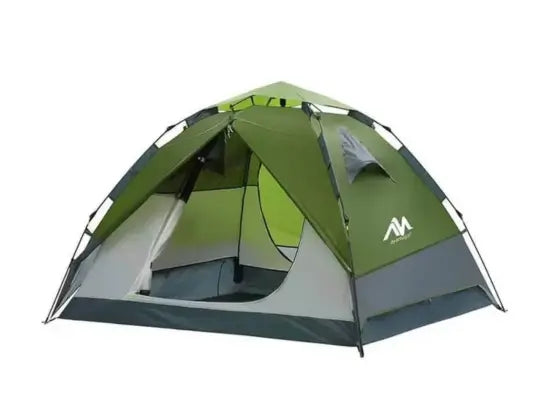
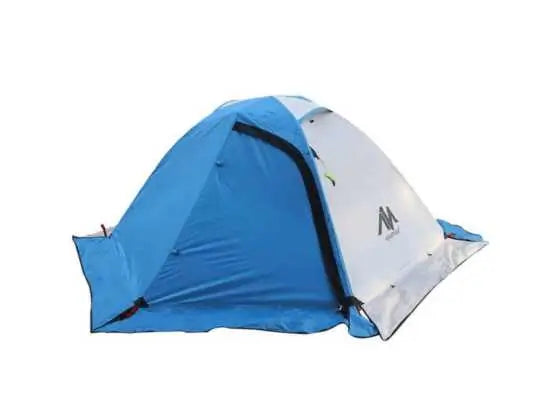
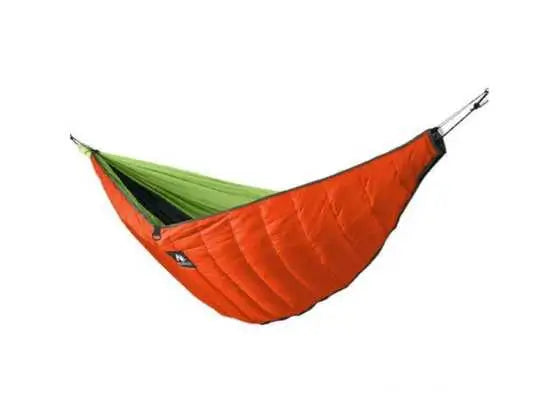

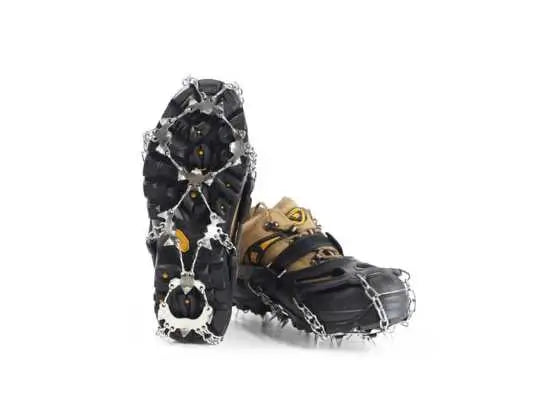
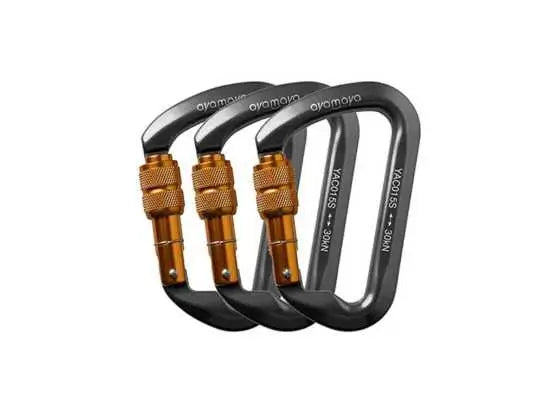


![[2021] 10 outdoor survival tips for campers](http://ayamaya.com/cdn/shop/articles/car-camping-tarp-and-fire-outdoor-survival-tips-mainblogimg.webp?v=1714690462&width=900)